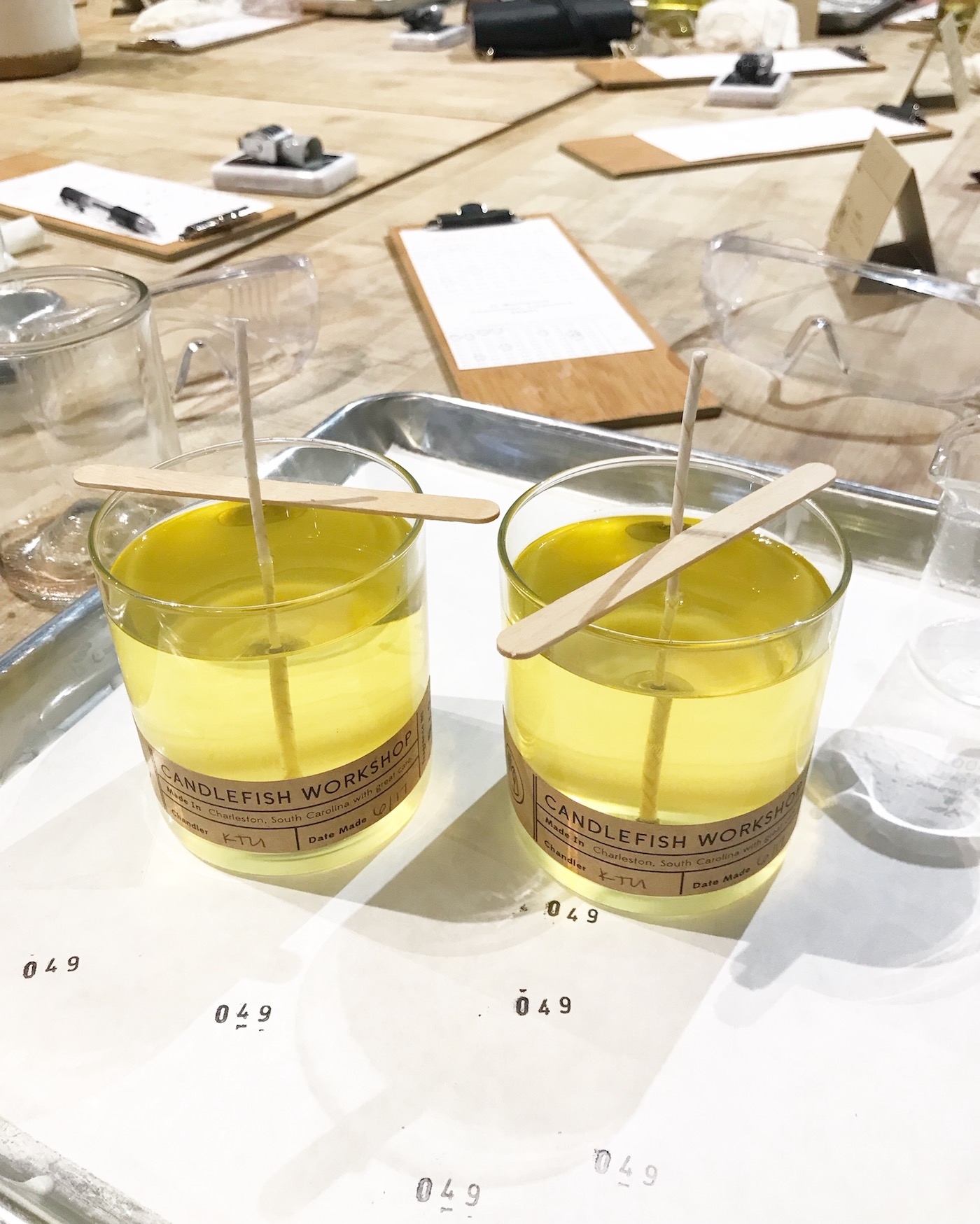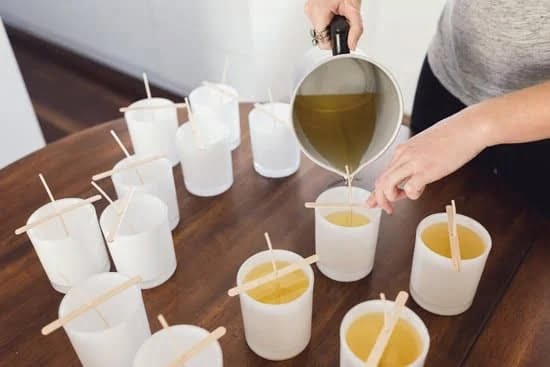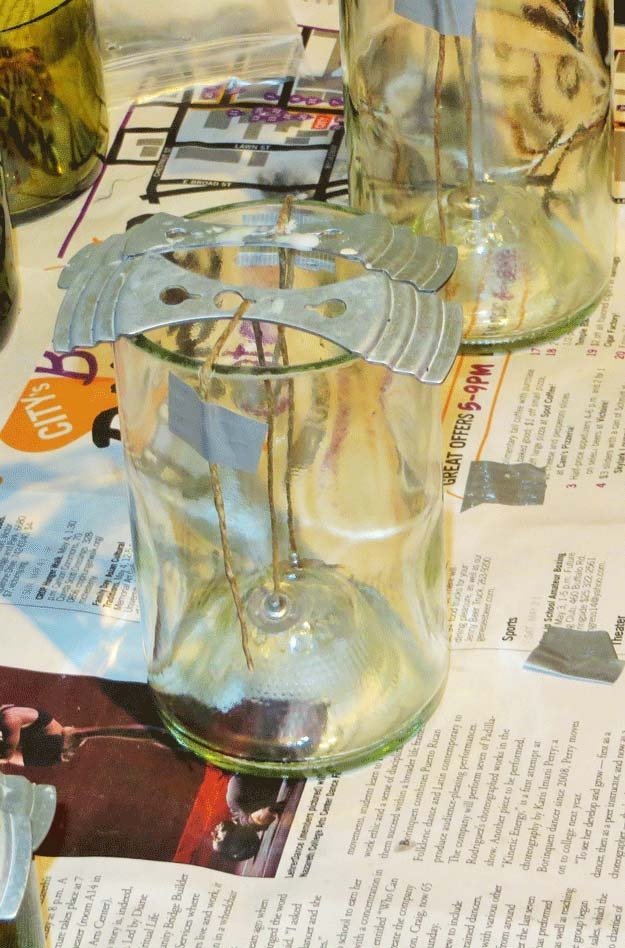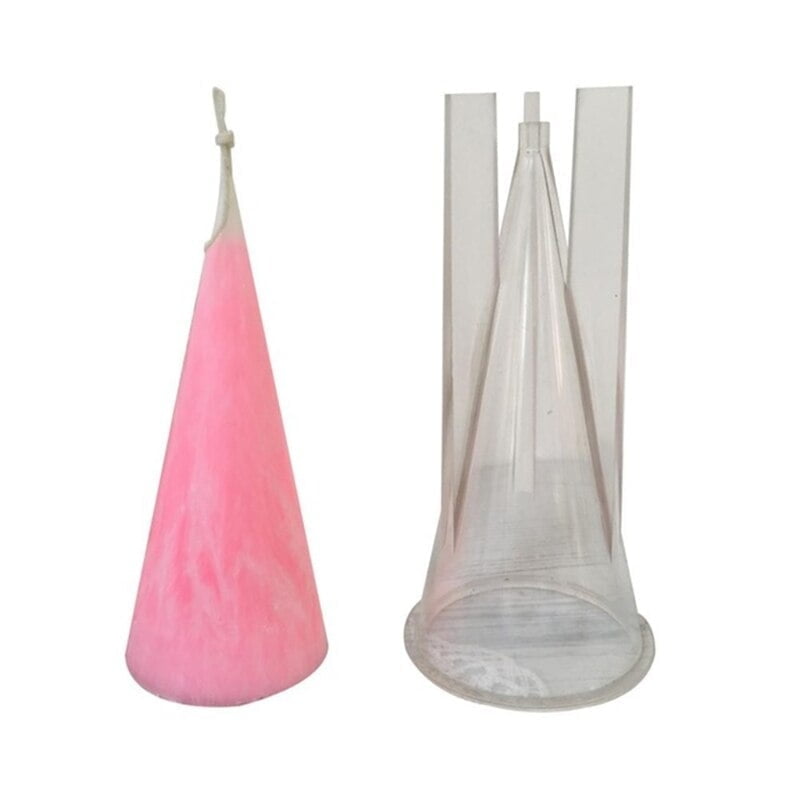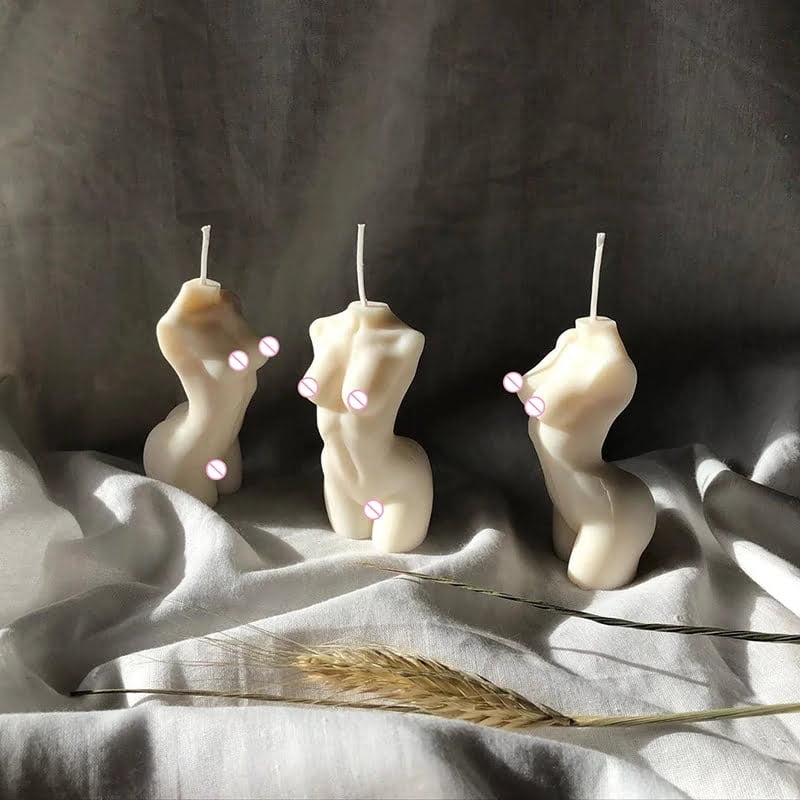Are you interested in learning how to make fragrance oil for candle making? Fragrance oils play a crucial role in the quality and appeal of candles, as they determine the scent and overall experience for users. In this article, we will explore the importance of fragrance oils in candle making and how you can create your own customized scents for a more personalized touch.
Fragrance oils are specifically formulated to be used in candle making and are different from essential oils. Understanding the variety of fragrance oils available and their impact on the final product is essential for any candle maker. We will delve into the different types of fragrance oils that can be used, as well as how they differ from essential oils commonly used in aromatherapy and other applications.
Aside from understanding the basics of fragrance oils, we will also discuss the benefits of making your own fragrance oil. Not only is it cost-effective, but it also allows for customization and unique scents that cater to your personal preferences. Whether you prefer floral, citrus, or woodsy scents, making your own fragrance oil gives you full control over the final aroma of your candles.
Understanding Fragrance Oils
When it comes to candle making, fragrance oils play a crucial role in determining the quality and appeal of the final product. Unlike essential oils, which are extracted from plants, fragrance oils are synthetic or artificially created scents that can mimic a wide range of fragrances. This allows for a greater variety of scents to choose from when making candles, giving crafters more options for creating unique and personalized products.
There is a vast selection of fragrance oils available for candle making, ranging from floral and fruity scents to bakery and earthy aromas. Each type of fragrance oil provides its own distinct aroma, allowing candle makers to experiment with different combinations and create customized scents that cater to various preferences. With the right blend of fragrance oils, candle makers can produce candles that not only look visually appealing but also exude enticing and delightful fragrances.
For those interested in learning how to make fragrance oil for candle making, understanding the different types of fragrance oils available is essential. Once you have a clear grasp of the variety of scents at your disposal, you can begin experimenting with creating your own custom fragrance blends that will set your handmade candles apart from commercially produced ones.
By understanding fragrance oils and their potential for customization, candle makers can elevate their craft and offer unique products to their customers.
Benefits of Making Your Own Fragrance Oil
Making your own fragrance oil for candle making offers a variety of benefits that may make it worth the time and effort. By creating your own custom fragrance oils, you have the opportunity to personalize the scents of your candles to suit your preferences, as well as those of your potential customers if you are making candles for sale. This section will explore some of the key advantages of making your own fragrance oil.
Cost-Effectiveness
One of the main advantages of making your own fragrance oil for candle making is the cost-effectiveness it offers. Purchasing pre-made fragrance oils can be quite expensive, especially if you want to experiment with different scents or need specific fragrances in large quantities. By creating your own fragrance oils, you can significantly reduce costs while still achieving high-quality scents for your candles.
Customization and Personalized Scents
Another benefit of making your own fragrance oils is the ability to customize and create personalized scents for your candles. Whether you prefer floral, fruity, or earthy fragrances, making your own fragrance oil allows you to tailor the scent to suit your specific preferences. Additionally, if you are selling candles, offering custom scents can set your products apart from others on the market.
Health Considerations
When making your own fragrance oils, you have more control over the ingredients used in the process. This means that you can avoid potentially harmful chemicals often found in commercial fragrance oils. For individuals with sensitivities or allergies, creating homemade fragrance oils ensures that only natural and safe ingredients are used in their candle-making process. This level of control over the ingredients contributes to a healthier overall product for both makers and consumers.
Essential Oils vs Synthetic Oils
When it comes to making fragrance oils for candle making, one of the key decisions to make is choosing between using essential oils and synthetic oils. Essential oils are natural, concentrated plant extracts that are typically steam or cold-pressed from the leaves, flowers, bark, or roots of plants.
On the other hand, synthetic oils are created in a laboratory using various chemicals to mimic specific scents. Each type of oil has its own set of pros and cons when it comes to creating fragrance oils for candles.
Essential oils offer a natural and pure scent that can provide aromatherapy benefits. They are also known for their complexity and depth of fragrance, as well as their ability to mix well with other essential oils.
However, essential oils can be more expensive than synthetic oils due to the extensive amount of plant material required to produce them. Synthetic oils, on the other hand, are more cost-effective and offer a wide range of fragrance options that may not be available as essential oils.
When blending different types of oils for creating fragrance oil for candle making, it’s important to consider the desired scent profile and intensity. By combining essential and synthetic oils, you can create unique fragrances that cannot be achieved with just one type of oil. It’s also crucial to pay attention to the potency of each oil and adjust the ratios accordingly to achieve the perfect balance of fragrance for your candles.
In summary, whether you choose essential oils or synthetic oils for making fragrance oil for candle making, understanding their characteristics and how they interact with each other is crucial in creating high-quality scents for your candles. Experimenting with different combinations and ratios can lead to personalized and unique fragrances that cater to your specific preferences and needs.
Whether it’s the natural purity of essential oils or the wide range of options offered by synthetic oils, both types have their place in creating delightful scents for candle making.
The Process of Making Fragrance Oil
To start the process of making fragrance oil for candle making, you will need to gather the necessary ingredients and materials. The key components include carrier oils such as jojoba oil, sweet almond oil, or fractionated coconut oil, as well as essential oils or fragrance oils of your choice. It is important to choose high-quality essential or fragrance oils to ensure that the resulting fragrance oil will be potent and long-lasting in your candles.
Once you have gathered all the ingredients, the next step is to blend them together in the right proportions. This may involve mixing different essential or fragrance oils together to achieve a specific scent profile. Keep in mind that creating the perfect blend may require some trial and error, so don’t be afraid to experiment with different combinations until you achieve your desired fragrance.
In order to make sure that your homemade fragrance oil is safe and suitable for use in candle making, it is important to conduct a patch test before using it on a larger scale. This involves testing a small amount of the fragrance oil in a candle to see how it performs when burned. After testing, you can make any necessary adjustments to the potency or intensity of the fragrance oil based on your preferences.
Safety Precautions and Tips
Making your own fragrance oil for candle making can be a fun and rewarding process, but it’s important to keep safety in mind throughout the entire process. When working with fragrance oils, it’s crucial to handle them properly to avoid any potential risks. First and foremost, always wear gloves when handling fragrance oils to protect your skin from any potential irritation. Additionally, make sure to work in a well-ventilated area to avoid inhaling the concentrated scents.
Storing your homemade fragrance oils is also an important consideration. It’s best to store them in dark glass bottles, as exposure to light can cause the oils to degrade over time. Keep them in a cool, dry place away from direct sunlight and heat sources. This will help maintain the quality of your fragrance oils for longer periods.
In addition to handling and storage, there are some general tips for ensuring the quality and longevity of your homemade fragrance oils. For example, always label your bottles with the date of creation and the ingredients used.
This will help you keep track of their shelf life and identify any potential issues with the oils over time. Lastly, if you notice any changes in color or smell of your homemade fragrance oil, it’s best to discard it and start fresh.
| Safety Precautions | Tips |
|---|---|
| Wear gloves when handling fragrance oils | Store in dark glass bottles away from light |
| Work in well-ventilated area | Label bottles with date of creation and ingredients |
| Avoid inhaling concentrated scents | Discard and replace if there are changes in color or smell |
Testing and Adjusting Your Fragrance Oil
Creating your own fragrance oil for candle making can be a rewarding and creative process. However, it’s important to test and adjust your fragrance oil to ensure that it produces the desired scent when used in candles. This section will discuss the importance of testing, as well as provide guidance on how to adjust the potency and intensity of your homemade fragrance oil.
Importance of Testing
Before using your homemade fragrance oil in candles, it’s crucial to conduct thorough testing to determine its performance. Testing allows you to assess the strength and throw of the scent when the candle is burned. This step is essential for ensuring that your candles emit a pleasant aroma without being overpowering or underwhelming. Additionally, testing provides valuable feedback on the longevity of the fragrance, helping you make necessary adjustments before mass-producing your candles.
Adjusting Potency and Intensity
Once you have tested your fragrance oil in candles, you may find that it needs some fine-tuning to achieve the desired scent profile. Adjusting the potency and intensity of your homemade fragrance oil can be done by experimenting with different ratios of essential oils or synthetic oils used in the blend. You can also consider altering the concentration of specific fragrances to enhance certain notes or create a more balanced scent.
Seeking Feedback
In addition to personal experimentation, seeking feedback from others can also be beneficial when adjusting your fragrance oil for candle making. Consider sharing sample candles with friends, family, or potential customers and ask for their input on the scent throw and overall experience. This feedback can provide valuable insight into how others perceive your custom scents, allowing you to make further adjustments if necessary.
By carefully testing and adjusting your homemade fragrance oil, you can ensure that it meets both your standards and those of potential customers. This process allows for continual refinement and improvement, ultimately leading to superior quality candles with unique and captivating scents.
Conclusion and Final Thoughts
In conclusion, learning how to make fragrance oil for candle making can be a rewarding and cost-effective process. By understanding the various types of fragrance oils and their impact on the quality of candles, individuals can create personalized scents that elevate their candle-making experience. The ability to customize and experiment with different essential and synthetic oils allows for a unique and tailored approach to fragrance oil making.
By delving into the process of making fragrance oil step by step, individuals can not only save money but also ensure that they are using safe ingredients and materials. It is important to note that proper safety precautions should be followed when handling and storing fragrance oils to maintain their quality and longevity. Additionally, testing and adjusting the potency and intensity of the fragrance oil is crucial in achieving the desired scent for candles.
Ultimately, making your own fragrance oil for candle making provides an opportunity for creativity, customization, and personalization. This DIY approach allows individuals to create signature scents that reflect their preferences and style. Encouraging readers to start experimenting with creating their own custom scents for candle making will empower them to enhance their crafting experience while enjoying unique fragrances in their daily lives.
Frequently Asked Questions
Can I Make My Own Fragrance Oil for Candles?
Yes, you can make your own fragrance oil for candles. It involves mixing essential oils or fragrance oils with a carrier oil like coconut or jojoba oil. This allows you to customize the scent to your preference.
What Is the Best Oil for Making Scented Candles?
The best oil for making scented candles is largely based on personal preference and the type of candle you are making. Soy wax, coconut oil, and apricot kernel oil are popular choices due to their ability to hold and disperse fragrance well.
How Do You Make Fragrance Oil for Wax Melts?
To make fragrance oil for wax melts, begin by choosing a carrier oil and adding essential oils or fragrance oils to create your desired scent. It’s important to carefully measure the ratios and test the scent in small batches before creating larger quantities.

Welcome to my candle making blog! In this blog, I will be sharing my tips and tricks for making candles. I will also be sharing some of my favorite recipes.

